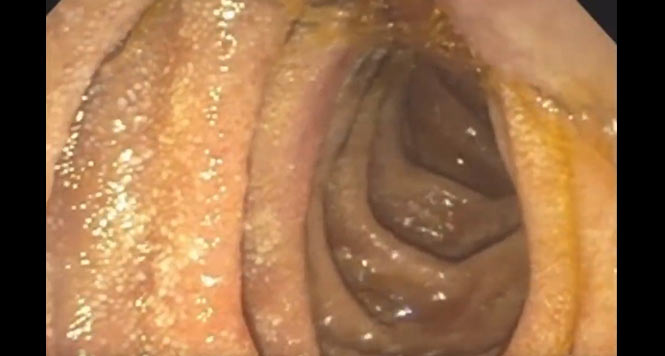BILE Criteria to Assess ERCP Need in Cholangitis May Be More Sensitive, Less Cumbersome Than Others
Bret T. Petersen, MD, MASGE, reviewing Buxbaum J, et al. Gastrointest Endosc 2021 Apr 24.
Biliary obstruction with associated cholangitis usually is managed with the use of endoscopic retrograde cholangiopancreatography (ERCP) for stone extraction or stent decompression of the bile duct. ERCP is efficient and widely available but carries a moderate risk of adverse events. Sets of criteria (eg, Charcot, Ranson, Tokyo) used to enhance confidence that ERCP is indicated are either insufficient or cumbersome.
From a comprehensive literature review, the authors propose the BILE criteria that may enhance the identification of patients with cholangitis. The 4 criteria of the acronym BILE are (1) Biliary imaging abnormalities (duct dilation >6 mm, strictures, choledocholithiasis) and/or intervention within 30 days (ERCP, percutaneous biliary drainage, or surgical biliary procedures); (2) Inflammatory test abnormalities, such as body temperature >100.4 degrees Fahrenheit (38 degrees Celsius), leukophilia (white blood cell count [WBC] >12), leukopenia (WBC <4), or bandemia (>10% bands); (3) Liver test abnormalities (above normal total bilirubin, aspartate aminotransferase, alanine aminotransferase, or alkaline phosphatase); and (4) Exclusion of cholecystitis and acute pancreatitis.
The definitive diagnostic criteria were deemed to be the identification of purulent drainage or pathologic inflammation of the duct by surgery, endoscopy, or postmortem examination, perhaps accompanied by a therapeutic response to decompression and antibiotic therapy. The authors propose prospective assessment, validation, and evolution of the BILE criteria in pursuit of a maximally sensitive and specific paradigm that will optimize intervention efficiency while minimizing endoscopic risk.

COMMENTThe authors should be applauded for distilling recognized features of cholangitis into a succinct and efficient set of criteria that may facilitate decision-making toward intervention (eg, ERCP) versus further investigation (MRCP or EUS). They acknowledge that the exclusion of cholecystitis and acute pancreatitis risks delay in patients with dual entities related to biliary stone disease. Incorporation of severity and patient stability as markers for urgency may enable flexible application based on the clinical scenario.
Note to readers: At the time we reviewed this paper, its publisher noted that it was not in final form and that subsequent changes might be made.
CITATION(S)
Buxbaum J, Qumseya B, Wani S. Toward an evidence-based approach for cholangitis diagnosis. Gastrointest Endosc 2021 Apr 24. (Epub ahead of print) (https://doi.org/10.1016/j.gie.2021.04.016)


